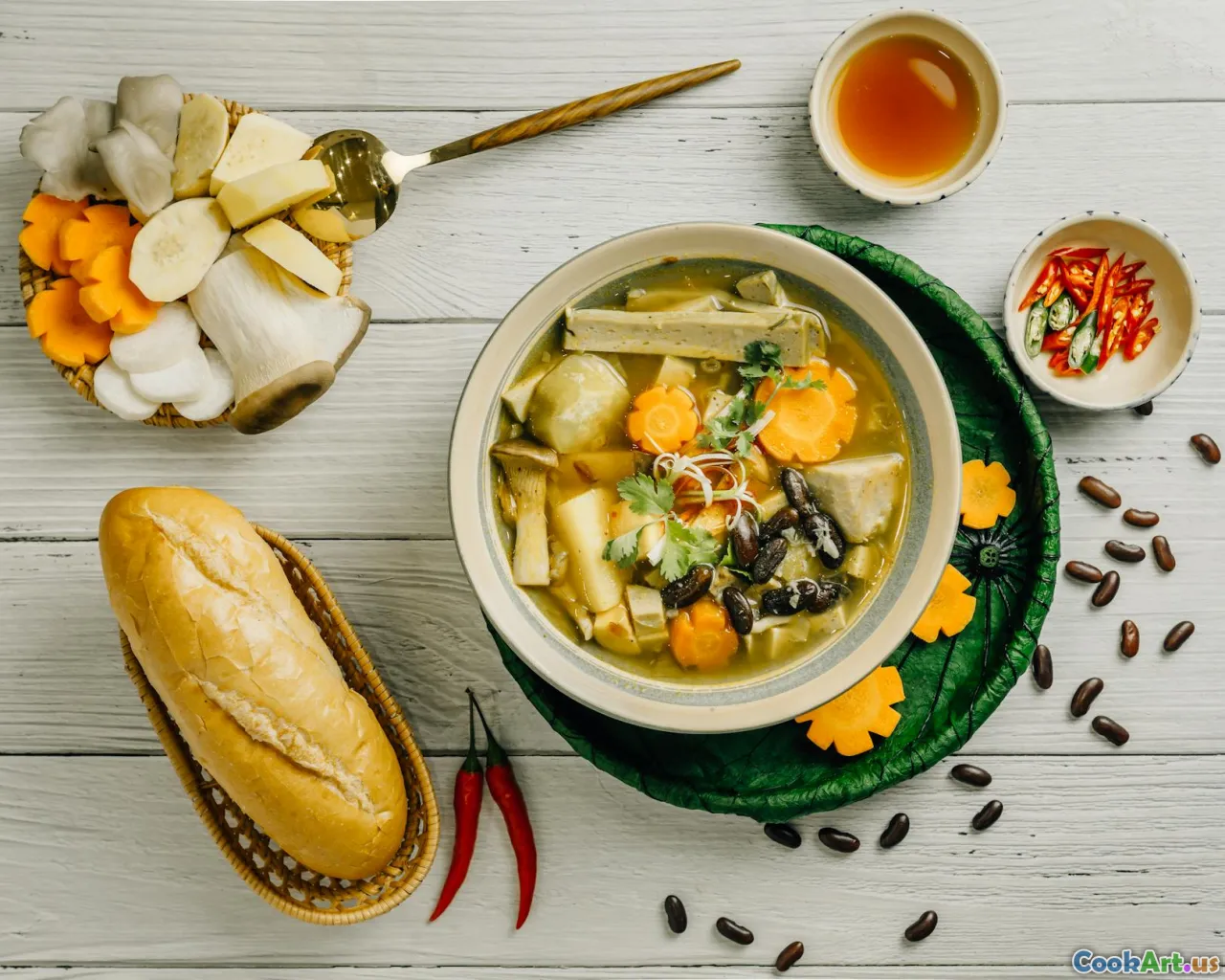Innovative Techniques for Cooking with Plant Based Ingredients
7 min read Discover innovative cooking techniques that elevate plant based ingredients into delicious vegetarian dishes. April 17, 2025 05:45
Innovative Techniques for Cooking with Plant Based Ingredients
In a world where culinary boundaries are constantly being pushed, the realm of plant-based cooking has emerged as a vibrant frontier. Gone are the days when vegetarian cuisine was synonymous with bland salads and uninspired vegetable medleys. Today, innovative techniques are breathing new life into plant-based ingredients, transforming them into culinary masterpieces that tantalize the senses. Join me on a journey through the art and science of cooking with plants, where tradition meets innovation, and flavors burst forth in delightful harmony.
The Rise of Plant-Based Cuisine
As environmental concerns and health consciousness rise globally, the shift towards plant-based diets is not just a trend but a movement. According to a study by the Good Food Institute, the plant-based food market is projected to reach $74 billion by 2027. This surge in popularity has spurred chefs and home cooks alike to explore innovative cooking techniques that showcase the versatility of plants.
Cultural Inspirations: A Global Perspective
Culinary innovation does not exist in a vacuum; it is deeply rooted in culture. From the spicy curries of India to the fresh, herbaceous salads of the Mediterranean, each culture offers unique techniques that enhance the natural flavors of plant-based ingredients.
For instance, consider the rich tradition of fermentation in Korean cuisine. Kimchi, a staple made from fermented vegetables, not only preserves but also intensifies the flavors of ingredients like napa cabbage and radishes. By embracing fermentation, we can unlock umami notes in vegetables that might otherwise go unnoticed.
Similarly, the Italian method of marinating vegetables in olive oil, vinegar, and herbs transforms ordinary ingredients into vibrant antipasti. These cultural practices not only celebrate local ingredients but also inspire innovative approaches to cooking with what we have on hand.
Techniques That Transform: The Art of Cooking with Plants
1. Sous Vide: Precision Cooking for Perfect Textures
One of the most exciting techniques in modern cuisine is sous vide, a method that involves vacuum-sealing food in a bag and cooking it to a precise temperature in a water bath. This technique shines when cooking vegetables, allowing them to maintain their nutrients, flavor, and texture without the risk of overcooking.
Imagine perfectly cooked carrots, tender yet still with a delightful bite, infused with herbs and spices. By cooking them sous vide with a touch of maple syrup and thyme, you can transform an everyday side dish into a star of the meal. This technique opens the door to a world of flavor possibilities, allowing home cooks to experiment with various seasonings and infusions.
2. Smoking: Adding Depth to Flavor
Smoking is another innovative technique that can dramatically alter the flavor profile of plant-based dishes. Whether using a stovetop smoker or a smoking gun, the process adds a depth of flavor that can elevate simple vegetables to extraordinary heights.
Consider smoked eggplant, which can be transformed into a creamy dip reminiscent of baba ghanoush. The smoky notes complement the natural sweetness of the eggplant, creating a dish that is both comforting and sophisticated. Pair it with homemade pita chips or fresh vegetables for an impressive appetizer that will wow any guest.
3. Dehydrating: Concentrating Flavors
Dehydration is a game-changer for plant-based cooking, allowing cooks to intensify flavors and create unique textures. By removing moisture from fruits and vegetables, you can concentrate their natural sweetness and flavor.
Imagine sun-dried tomatoes, whose rich, tangy flavor can elevate pastas, salads, and spreads. You can easily dehydrate your own tomatoes at home, and the process allows for creativity. Think of kale chips seasoned with nutritional yeast and spices, providing a crunchy, savory snack that satisfies cravings without the guilt.
4. Embracing Legumes: Protein Powerhouses
Legumes are essential in plant-based cooking, offering a wealth of protein and nutrients. However, it's not just about boiling beans; innovative cooking techniques can take legumes to the next level.
For example, making a chickpea flour batter and frying it creates crispy, golden fritters, known as bhaji in India. These fritters can be flavored with a variety of spices, herbs, and even vegetables, making them a versatile addition to any meal.
Another exciting technique is using aquafaba, the liquid from canned chickpeas, as an egg substitute. This magical ingredient can be whipped into peaks, serving as a base for vegan meringues or mousses, offering a light and airy texture that is both surprising and satisfying.
5. Creative Plating: The Visual Feast
In today's culinary world, presentation is just as important as flavor. Innovative plating techniques can transform plant-based dishes into visual works of art. Consider the concept of









